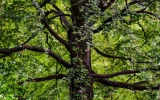13 Most Profitable Hardwood Trees to Grow Yourself
If you have enough time, space, and a lot of patience, you can grow hardwood trees by yourself. Growing hardwood trees can be very profitable since you can sell them for their lumber, seedlings, and their fruits or nuts. In this article, we will explore 13 of the most profitable hardwood trees to help you decide which ones can give you the highest profit returns.
The most profitable hardwood trees that you can tend on your own are walnut, oak, maple, cherry, ash, birch, poplar, elm, dogwood, chestnut, hackberry, basswood, and willow trees. These trees have good investment returns when it comes to lumber production, nut production, seedling and sapling propagation, and even landscaping purposes.
By choosing these lucrative species, you can transform your plot of land into a valuable and sustainable source of income. To help you make the best choice among these trees, we've included basic information and potential uses for each type of lumber.
Summary
- Walnut, oak, maple, cherry, ash, birch, poplar, elm, dogwood, chestnut, hackberry, basswood, and willow trees are some of the most lucrative species of hardwood trees. You can grow these hardwood trees all by yourself, and they can give you a boom in terms of profit.
- Some trees, such as basswood and maple, are valued not only for their wood but also for their by-products, such as basswood honey and maple syrup.
- You can further your profit from cultivating these trees by harvesting them for lumber or planting them for their fruits and nuts. You can also sell them as seedlings or saplings, or even as landscaping elements.

On this page:
The Most Profitable Hardwood Tree Species for Your Property
Growing hardwood trees can be a profitable venture if you choose the right species. In this section, we will discuss some of the most lucrative species of hardwood trees that you can grow on your own.
1. The walnut tree is a profitable hardwood tree
Walnut trees, particularly black walnuts, are known to be a profitable option for both their lumber and nuts. These trees can grow quite large and provide high-quality wood, which is often used for furniture making, cabinetry, and other woodworking projects such as flooring, coffins, and even the end parts of long guns.
This wood’s ability to hold its shape after seasoning is what makes it popular among woodworkers.
2. Oaktree is a durable and profitable hardwood species
Oak trees such as red oak and white oak are popular choices for their strong, durable wood. They can grow between 50 and 80 feet tall, with red oaks reaching a mature height of 60 to 75 feet. Red oaks are a great choice for those looking to grow hardwood trees for lumber production due to their durability and versatility.
These oak species are the fastest growers among others and have a wide, spreading crown with few branches, which makes them more valuable for flooring, furniture, or millwork. The lack of branches means fewer knots and, therefore, fewer weak points in the finished lumber.
3. Different species of maple trees are profitable in their own ways

Maple trees are another profitable hardwood species. The sugar maple is particularly popular due to its high-quality wood and valuable sap, which can be used to create maple syrup. By planting sugar maple trees, you can double your potential income sources.
Japanese maple trees, on the other hand, are known for their beautiful wood, which can be used for furniture and cabinetry. These trees are a popular choice for landscaping projects, so you may want to consider them an additional ornamental element in your garden as well.
4. Cherry trees are profitable fruit-bearing hardwood trees
Cherry wood is highly sought-after due to its beautiful color and fine grain. This makes cherry trees an attractive option for those looking to grow profitable hardwood species, as the wood is often used for furniture, cabinets, and other decorative woodworking projects.
These species also produce a good crop of fruit each year, which can add to your income as well.
5. Ash trees are widely sought-after hardwood trees
Ash trees are known for their strong, flexible wood. It is often used for making tool handles and sports equipment because of the wood’s shock-absorbing qualities. If you plan to sell wood for these purposes, growing ash trees can be a good investment.
6. Birch trees have high market demands
Birch trees have attractive wood known for its light color and distinctive grain pattern. Their wood is widely used for several purposes, such as lumber, veneer, plywood, and pulpwood. Almost everything we commonly see at home, from broom handles and dowels to toys and crafts, is made from birch wood.
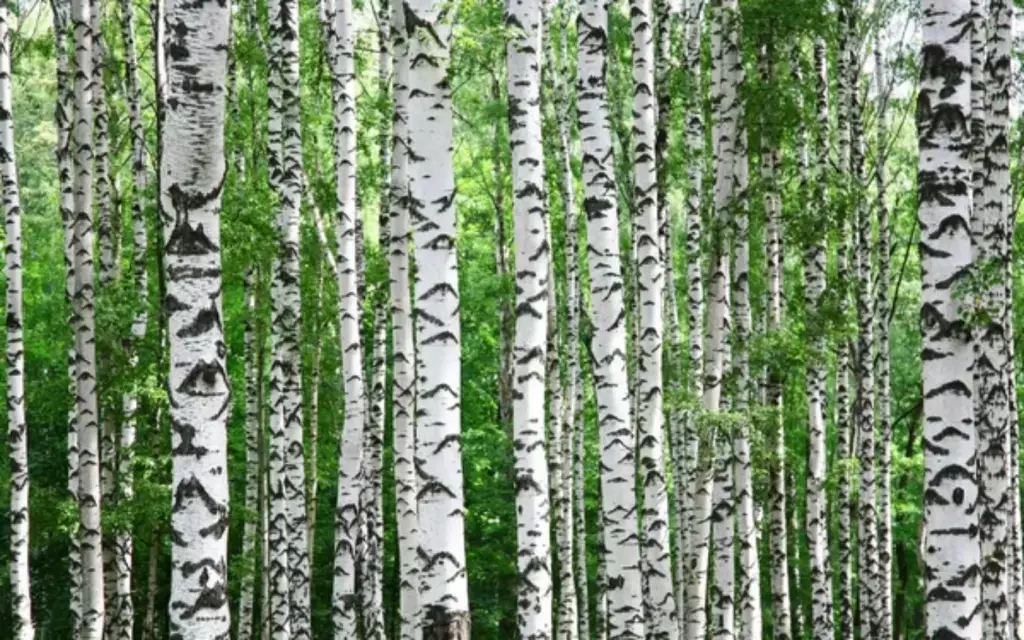
Even biodegradable items such as ice cream sticks, toothpicks, and disposable plates and cutlery are made of paper birch due to their white, smooth appearance. Overall, growing these trees could be a profitable choice if you can meet the demand for this appealing wood.
7. Elm trees can be a good choice for growing a profitable hardwood species
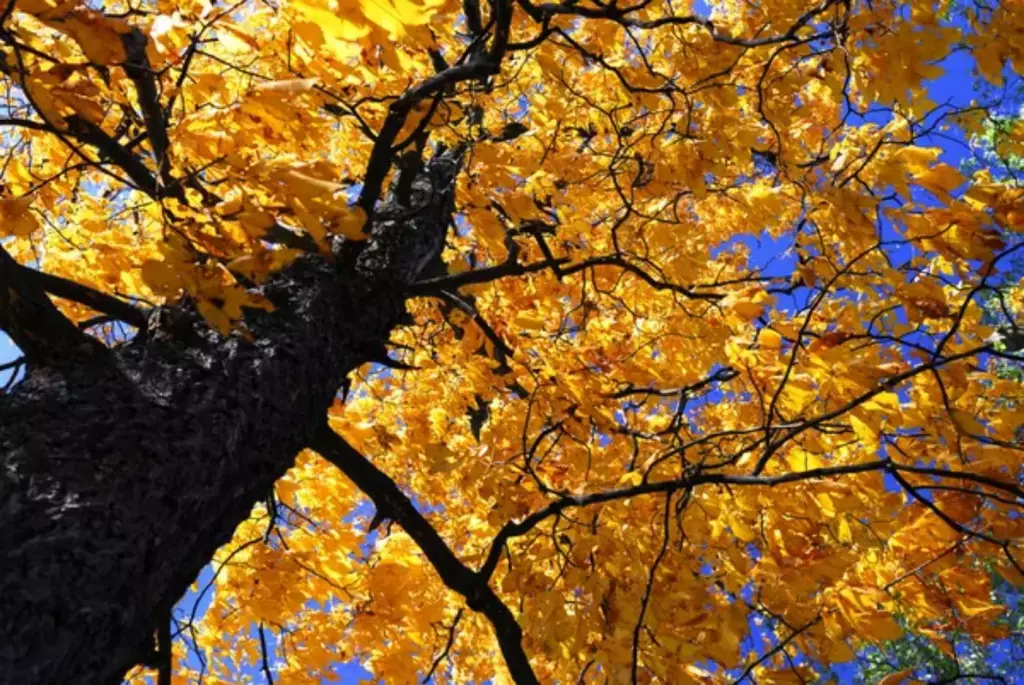
Elm trees offer wood that is strong and durable. This wood is commonly used for furniture and construction purposes but is also used as an ornamental species, which provides appeal to any landscape project as well as shade.
8. Dogwood trees are small but valuable hardwood trees
Dogwood trees might be smaller in size compared to other hardwood trees, but they still provide valuable wood, often used for crafting and woodturning projects. Growing dogwood trees may be a suitable option for those looking to grow a smaller hardwood species.
9. Willow trees’ wood can be used for a variety of purposes
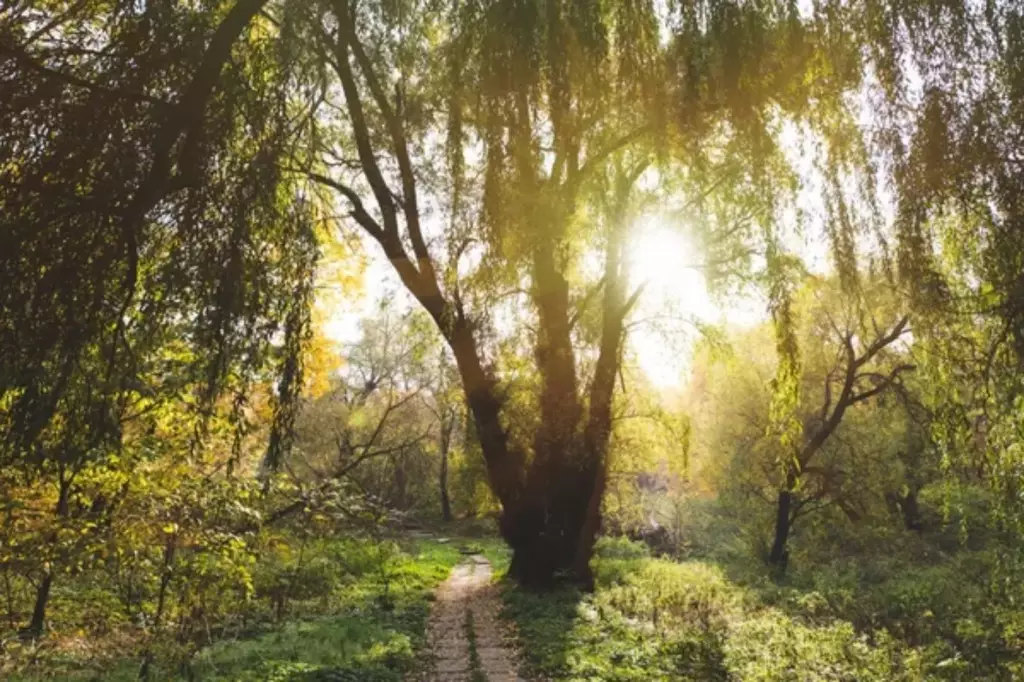
Willow trees have wood that is lightweight and versatile, making it ideal for a variety of applications, including basket making, furniture, and even cricket bats. If you sell these woods for these purposes, it can give you high-profit returns.
10. Poplar trees can generate bumper income
Regardless of the species, all poplar trees grow very quickly. They can stand as tall as 165 feet, and some can be 70 feet wide. The species provide large canopies, which offer tons of shade.
These hardwood species are readily available, low-cost, and dimensionally stable. They are often used in paint-grade cabinetry, high-end furniture, and even hand tools.
11. Basswood trees can be a lucrative addition to your garden
You can recognize the American basswood tree by its yellow-white flowers, dense foliage, and huge canopy, which are often used as ornamental shade trees because of the coverage they provide.
Surprisingly, this hardwood tree is also called “bee tree”, because of its ability to produce what is known as basswood honey.
This deciduous tree is one of the fastest-growing hardwood trees, which makes it very popular as timber. This tree has soft, flexible wood that does not split easily and is usually used for cabinet construction as well as furniture.
12. Hackberry trees are tolerant hardwood species
The hackberry tree is a tolerant hardwood tree that survives well in a wide range of soils and varying temperatures. They are tough enough to stand against strong winds, heavy rain, and pollution.
Most woodworkers prefer these trees over elm trees because, even though they look the same, hackberry trees are more disease-resistant compared to elm trees.
12. Chestnut trees are fast-growing and nut-bearing trees
Planting chestnut trees on your backyard farm can give you great profits. Aside from their wood being a popular choice for furniture and many other woodworks, these trees are considered to be one of the fastest-growing trees which can produce a crop within 3–7 years.
Maximizing Profit from Your Hardwood Trees
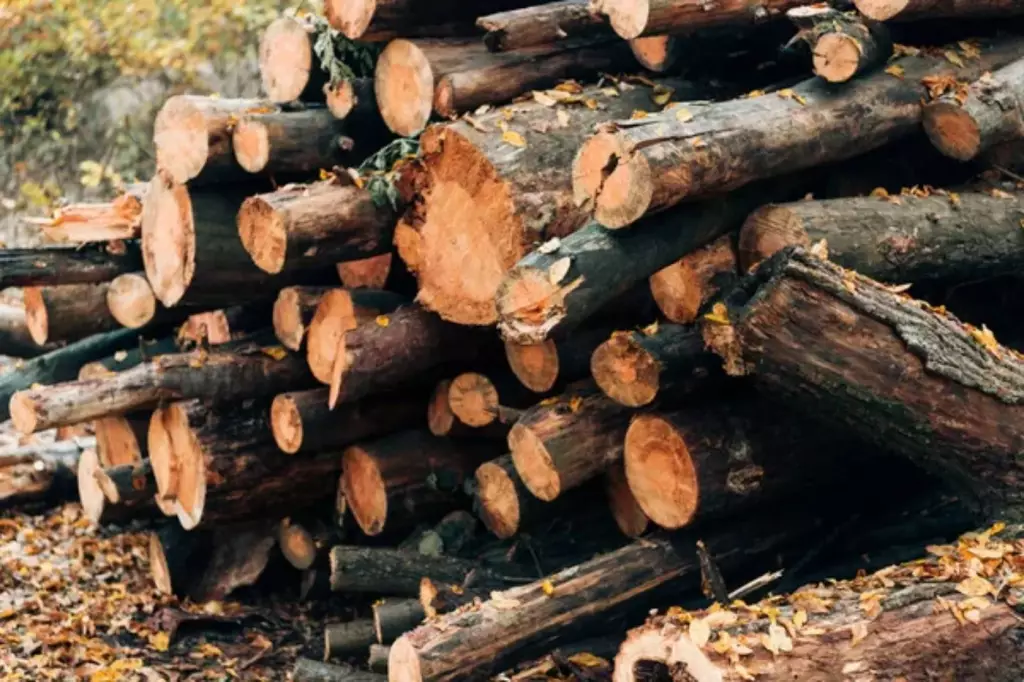
To make the most out of your hardwood trees, here are a few ways you can earn more profit from growing them:
Harvest the trees for lumber
You may want to consider harvesting your hardwood trees for lumber. You could start by identifying the species that will yield the highest value, such as red oak, black walnut, and sugar maple.
You might need to focus on growing them in optimal conditions with proper spacing and thinning practices to add more value. Always remember, however, that the more mature the trees are, the higher the prices they could command.
Consider hardwood trees that are also nut-bearing species
Some hardwood trees, like the black walnut and chestnut trees, are valued not only for their timber but also for the nuts they produce. By incorporating nut-producing trees into your growth plan, you can diversify your revenue.
You can then sell the nuts directly to consumers or to food manufacturers, opening up another income stream from your hardwood trees.
Sell them as bonsai trees for landscaping purposes
Bonsai trees, particularly Japanese maples, are a popular option for those who want to focus on smaller, decorative trees. You can both enjoy and earn money from cultivating these unique miniature trees.
Additionally, you could also consider growing other landscaping tree varieties, like flowering dogwoods or fruit trees, so that customers will be willing to pay a premium for their beauty and functionality.
Sell seedlings or saplings of these trees
Offering seedlings and saplings from your hardwood trees can be an excellent way to generate more income. By propagating your own trees, you'll be able to sell them as a product directly to consumers, local nurseries, or even landscapers.
